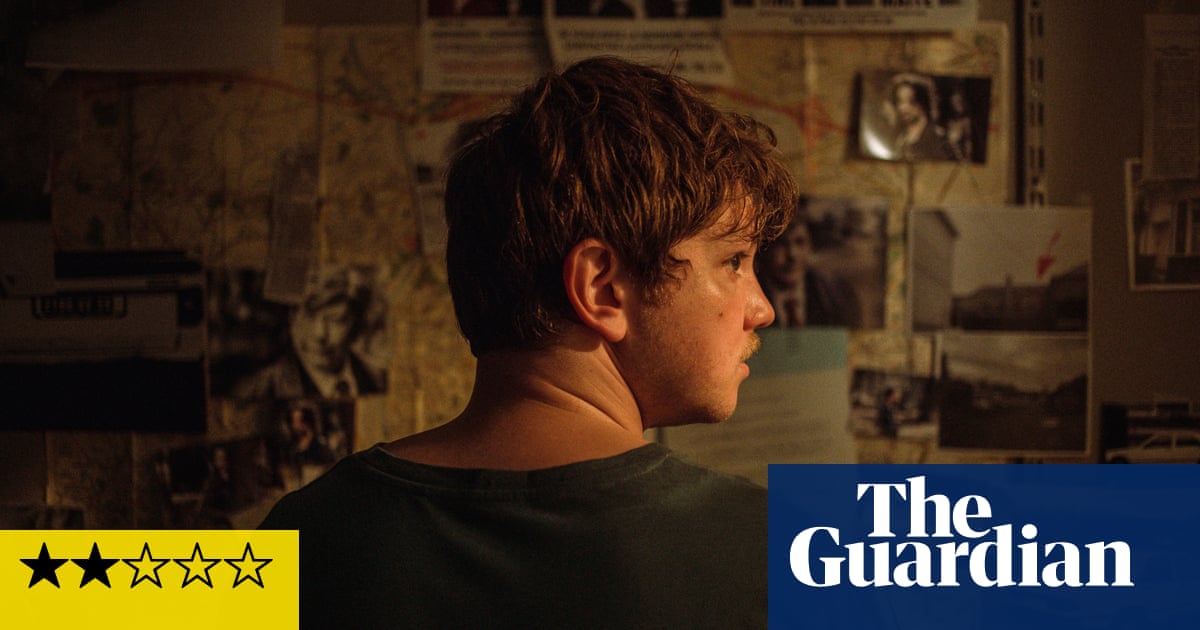
Fabrice Du Welz began the century as a master of Belgian gothic, riding the wave of Euro-extreme cinema. Calvaire, or The Ordeal, from 2005, was a gruesome gripper. Since then, in a chequered career, he has more or less maintained his stride, and now he comes to Venice as director and co-writer of an initially promising true-crime horror procedural. It is loosely inspired by the serial killer and child rapist Marc Dutroux, whose case enraged the Belgian public when it became clear the country’s various quarrelling law-enforcement authorities, hampered by bureaucracy, incompetence and turf-war disputes, had in effect allowed Dutroux to go free for years.
It’s an intriguing premise and this baggy, free-ranging movie presents a tonal range of sour acrimony, anxiety and occasional flourishes of nauseous black comedy. But it’s a long film which finally – and rather perfunctorily – voyages into the murky waters of deep-state conspiracy, and the drama doesn’t really have the rhetorical resources or the performances to make that case plausibly or interestingly.
Du Welz imagines a hot-tempered young uniformed cop in the gendarmerie; this is Paul, played by French actor Anthony Bajon. He, like the rest of the nation, is horrified by the abduction of two young girls, and throws himself into detective work – and in so doing shows up his indolent colleagues. His commanding officer is played by stalwart player Laurent Lucas with a somewhat bizarre eyepatch (which is discarded without explanation in the final scene), and phantom-of-the-opera facial injuries which his character is supposed to have sustained during an act of personal heroism. Paul is assigned to a surveillance operation called Maldoror (perhaps named after Lautréamont’s disturbing surrealist novel Les Chants De Maldoror), whose purpose is to keep watch on the prime suspect: a convicted paedophile and abuser well known to the police, played by that veteran of European movie villainy, Sergi López.
And yet Paul is baffled and infuriated by how tentative and lenient his bosses appear to be. Meanwhile, he is preparing to marry a young woman from a Sicilian family, a plot strand that creates a certain amount of backstory and character-depth for Paul, who, in another elaborate but somewhat redundant and not entirely convincing touch, is supposed to have come from a criminal family background himself.
There are various boisterous gestures to other horror standards, such as The Silence of the Lambs and Nosferatu, while López’s presence in a stomach-turning climactic moment appears to be a visual echo of Guillermo del Toro’s Pan’s Labyrinth.
When Paul and his easygoing partner try to bamboozle a female cop from another station into giving them a classified document showing the various vehicle registration numbers associated with the suspect, their preposterous gameplan involves the partner flirtatiously asking this woman outside for a smoke while Paul tries reaching through the aperture in her glass partition to grab the piece of paper from her desk between finger and thumb – and winds up farcically breaking the glass with an almighty crash. It’s a very bizarre and weirdly funny moment with the stranger-than-fiction feel of real life.
The rest of the time, the movie is all about Paul’s increasing obsession with the case, which he is sure is a part of something much larger: an international paedophile ring whose horrific clientele provide additional income streams with blackmail and extortion. But the film is really going nowhere with any of this; its conspiracy theories arrive at the moment the film runs out of dramatic ideas, and I’m not sure that its talented leading man has been well used. There are some frissons of fear, though.
Source: theguardian.com



